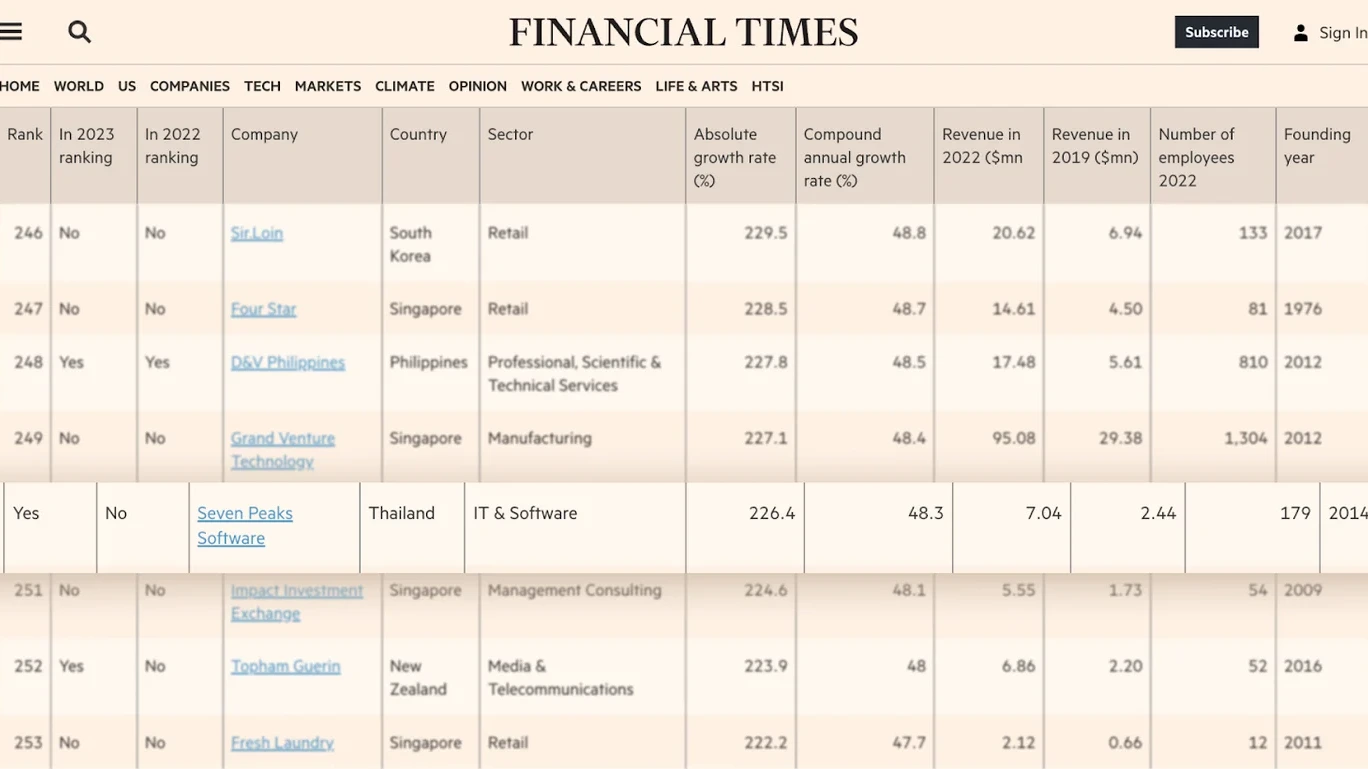How to Hack Product Growth and User Acquisition in Thailand


How to Hack Product Growth and User Acquisition in Thailand
Apr 5, 2024 2:42:10 PM
6
min read
How NocNoc uses a data-driven approach to save time on user data analysis by 90% with Mixpanel


How NocNoc uses a data-driven approach to save time on user data analysis by 90% with Mixpanel
Apr 5, 2024 11:53:07 AM
5
min read
How Product Growth Helps Both You and Your Users Succeed


How Product Growth Helps Both You and Your Users Succeed
Mar 25, 2024 3:25:16 PM
4
min read
The Future of SEO is to Focus More on People Than Technology


The Future of SEO is to Focus More on People Than Technology
Mar 21, 2024 3:29:25 PM
6
min read
Data Analytics Strategies to Improve the Insurance Customer Experience


Data Analytics Strategies to Improve the Insurance Customer Experience
Mar 19, 2024 5:56:50 PM
6
min read
Seven Peaks Ranks in Financial Times High-Growth Companies Asia-Pacific Again in 2024


Seven Peaks Ranks in Financial Times High-Growth Companies Asia-Pacific Again in 2024
Mar 14, 2024 10:54:35 AM
2
min read


